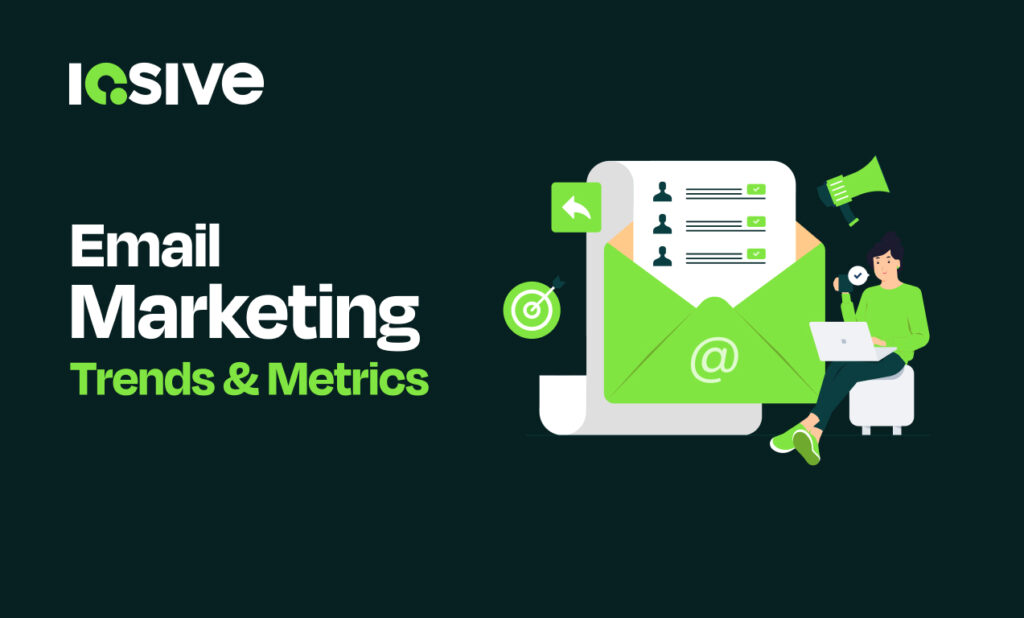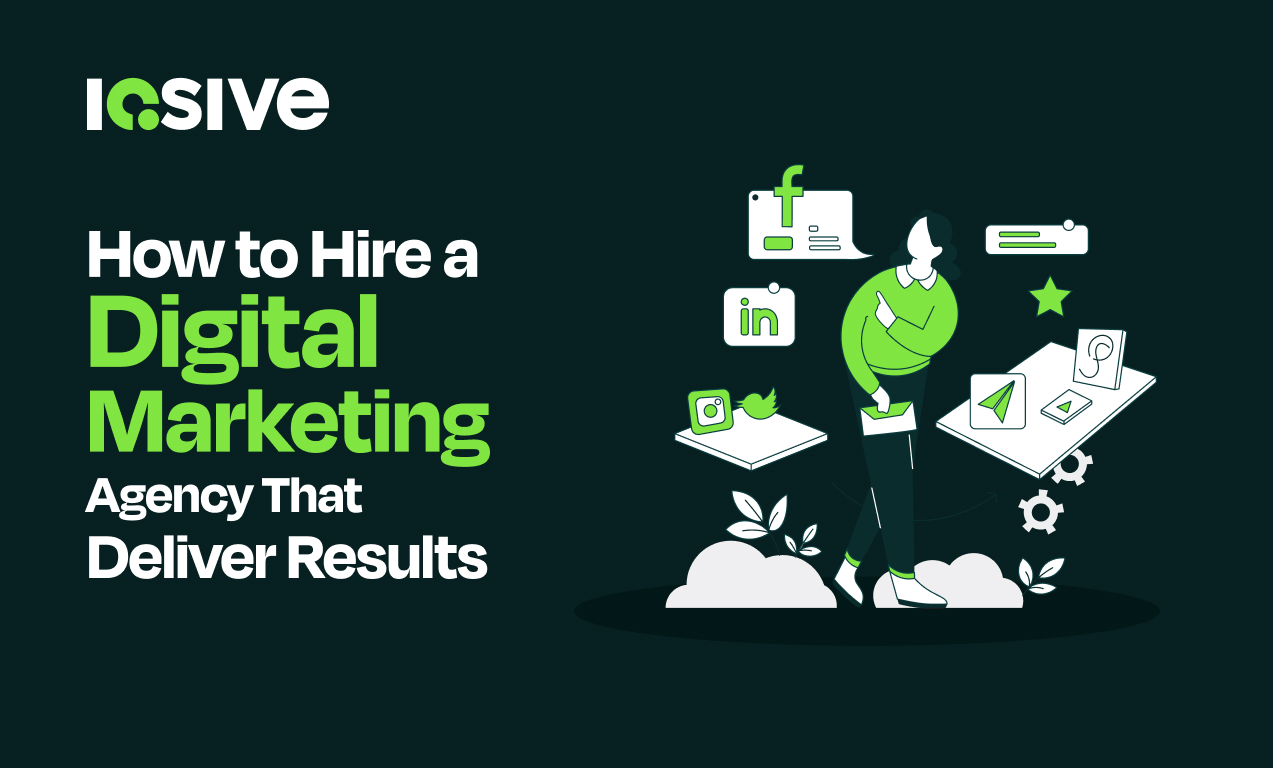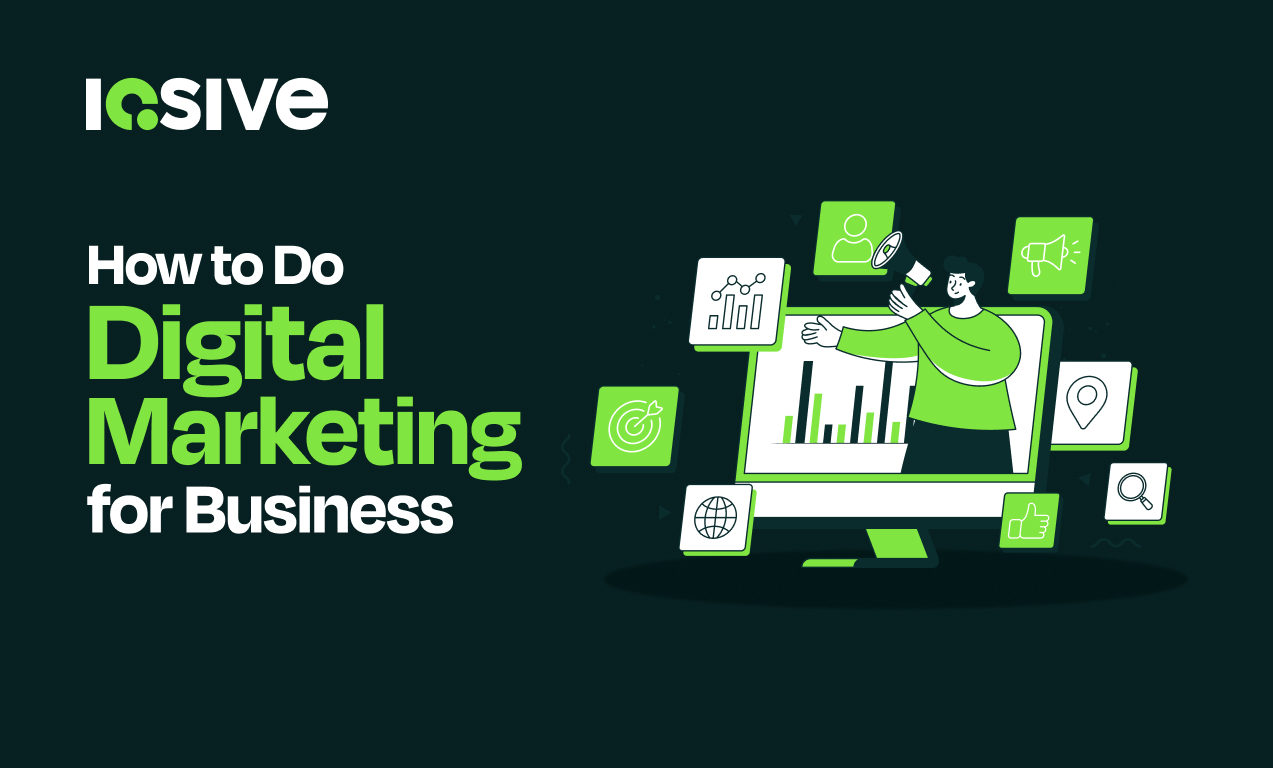Email marketing has long been declared “dead” by skeptics, yet here we are in 2025, where email not only survives but thrives as one of the most dependable channels in digital marketing. Despite the rise of AI, chat apps, and voice search, email continues to offer unmatched ROI, direct audience control, and a flexible format for personalized engagement. This blog explores the latest trends, key metrics, and enduring value of email marketing in today’s digital landscape, empowering marketers to adapt and lead with insight.
Why Email Marketing Remains Relevant in 2025
Email’s ROI Compared to Other Channels
Email marketing continues to outperform other channels when it comes to return on investment. According to Litmus’ 2024 State of Email report, the average ROI for email is $42 for every $1 spent. In comparison, paid social media averages $2.80 per dollar, and display advertising hovers around $1.50. The secret lies in email’s scalability, low cost per send, and ability to nurture high-intent audiences over time. Whether you’re a solo creator or an enterprise marketer, email remains one of the most cost-effective growth tools available.
Consumer Trust and Ownership in Email
Unlike social platforms, where algorithms decide who sees your content, email provides a direct and owned communication channel. This matters in an era when data privacy and transparency are increasingly prioritized by users. Emails are not subject to third-party platform changes, and recipients have actively chosen to engage with your brand by subscribing, building a level of consent and trust unmatched by most other digital channels.
The Shift Toward Permission-Based Marketing
In 2025, email thrives because it aligns with permission-based marketing principles. With global legislation like GDPR, CCPA, and evolving AI regulations, brands must now prioritize transparency and user control. Email marketing operates within this ethical framework by design. Consent, opt-ins, and clear unsubscribe options are not just legal necessities; they’re strategic assets that ensure healthier, more engaged lists.
Emerging Email Marketing Trends in 2025
Hyper-Personalization with AI and Data
AI has redefined what personalization means. In 2025, smart segmentation goes beyond first names and includes behavior-based timing, real-time product recommendations, and dynamic content based on user intent. Tools like Klaviyo, MailerLite, and ActiveCampaign now integrate AI engines that learn from user behavior, enabling marketers to send hyper-relevant messages tailored to individual journeys.
Interactive Emails and Dynamic Content
Static HTML emails are being replaced with interactive formats that resemble web experiences. Think: in-email carousels, quizzes, live countdown timers, and embedded video. AMP (Accelerated Mobile Pages) for Email, now more widely supported across clients, allows for in-email shopping, appointment booking, and real-time content updates. This reduces the need for external clicks and enhances user engagement.
Email Automation 2.0: Behavior and Predictive Triggers
Automation has matured beyond welcome sequences. In 2025, brands are using machine learning to deploy predictive triggers based on behavior patterns such as abandoned product views, scroll depth, or predictive churn. These systems don’t just react; they anticipate. For example, a B2B SaaS brand might automatically trigger an educational email when a customer hasn’t logged in for a week.
Privacy-First Strategies and Zero-Party Data
Privacy is not just a legal issue; it’s a strategic advantage. Marketers are now prioritizing zero-party data information willingly shared by users (e.g., preferences, product interests) as the foundation for ethical personalization. Brands are creating preference centers and interactive onboarding forms to collect this data and apply it to segment their audience with precision while remaining compliant.
Metrics That Matter: How Email Success Is Measured Today
Evolving Beyond Open Rates: What to Track Instead
With Apple Mail Privacy Protection (AMPP) and similar changes affecting open rate reliability, savvy marketers are shifting focus to more reliable indicators. Click-through rates (CTR), conversion rates, and list engagement (active vs. inactive subscribers) have taken center stage. Open rates now serve more as directional than definitive metrics.
Engagement Metrics: Clicks, Conversions, and Time-on-Email
Engagement is the truest signal of email performance in 2025. Tools now track heatmaps and even time-on-email to measure dwell time. Coupled with conversion tracking, whether for purchases, form completions, or content consumption, these metrics offer a clearer picture of email effectiveness.
List Health and Subscriber Retention Rates
List size means little without engagement. A healthy list is clean, responsive, and active. Smart marketers now monitor unsubscribe rates, bounce rates, and inactivity segments monthly. Tools like ConvertKit and HubSpot offer list-pruning automation to keep deliverability strong and avoid spam filters.
Revenue per Email and Attribution Models
Revenue per email (RPE) is becoming a gold standard for ecommerce and SaaS marketers alike. This metric links content to business outcomes and integrates with multi-touch attribution tools like Triple Whale or GA4 to reveal how email contributes across the funnel—from awareness to loyalty.
Common Challenges and How Brands Are Adapting
Inbox Fatigue and Content Saturation
Consumers are bombarded with emails daily. Inboxes are more competitive than ever. Brands combat this by focusing on quality over quantity, sending fewer but more relevant emails, using smart send times, and offering value in every message. Compelling subject lines and concise, benefits-driven copy remain essential.
Deliverability and Spam Filters in 2025
Email deliverability is increasingly complex. With stricter spam algorithms and engagement-based filtering, even legitimate emails can land in promotions or spam. Authentication protocols like SPF, DKIM, and DMARC are now baseline requirements. Dedicated IPs and list hygiene practices also play a larger role in keeping your sender reputation intact.
Maintaining Consent and Compliance with Global Regulations
With data laws evolving,such as Brazil’s LGPD and the EU’s upcoming AI Act—marketers must continuously update their consent practices. Dynamic opt-in flows, transparent privacy policies, and granular preference centers help brands remain compliant while maintaining user trust.
The Future Outlook: Is Email Dead or Evolving?
What Industry Experts Are Predicting
Experts agree: email is evolving, not dying. According to Campaign Monitor’s 2025 Digital Marketing Report, 81% of CMOs still rank email as a core revenue channel. Thought leaders emphasize that email’s adaptability, especially when combined with AI, makes it one of the most resilient tools in the digital arsenal.
How Email Integrates with Omnichannel Marketing
Email now works in concert with SMS, push notifications, chatbots, and social DMs. Unified customer journey tools (like Omnisend and Iterable) use email as the anchor point in larger omnichannel campaigns,ensuring consistent messaging, retargeting, and lead nurturing across platforms.
Practical Steps to Future-Proof Your Strategy
To future-proof your email marketing in 2025:
- Embrace AI for segmentation and timing
- Prioritize zero-party data collection
- Integrate with omnichannel tools
- Focus on engagement, not volume
- Maintain compliance with privacy-first policies
The brands that thrive will be those who adapt building ethical, responsive, and value-driven email programs that respect the user and deliver results.
FAQs:
Q1: Is email marketing still effective in 2025?
Yes, email remains one of the highest-ROI marketing channels in 2025, with personalization, automation, and privacy-first strategies making it more powerful than ever.
Q2: What are the most important email metrics to track today?
Key metrics include click-through rate, conversion rate, time-on-email, list health, and revenue per email, open rates have become less reliable due to privacy changes.
Q3: How has AI changed email marketing in 2025?
AI enables hyper-personalization, predictive automation, and real-time content adaptation, allowing marketers to deliver more relevant, timely, and engaging emails.
Q4: What’s the difference between zero-party and first-party data?
Zero-party data is information the user voluntarily shares (like preferences), while first-party data is inferred from user behavior (like website activity or past purchases).
Q5: How can I improve my email open and click-through rates?
Use clear, benefit-driven subject lines, segment your audience, personalize content, and optimize send times based on user behavior patterns.
Q6: What are the latest trends in email automation?
Behavioral triggers, predictive flows, and AI-driven recommendations are defining email automation in 2025. Automation is now context-aware and user-led.
Q7: How often should businesses send emails in 2025?
There’s no one-size-fits-all answer. The key is to match frequency with user engagement levels and content relevance. Weekly or bi-weekly is typical for most brands.
Q8: What tools help with hyper-personalization in email marketing?
Top tools include Klaviyo, Mailchimp, ActiveCampaign, and Iterable. They offer AI-driven segmentation, dynamic content blocks, and behavior-based triggers.
Q9: Is it worth investing in email when social media is dominant?
Absolutely. Email offers direct access, higher ROI, and long-term relationship-building. It complements social media, rather than competing with it.
Q10: How can small businesses compete in inbox-heavy environments?
Focus on niche value, authentic messaging, and list quality. Small brands can outperform bigger players by being more relevant, timely, and human in their emails.












